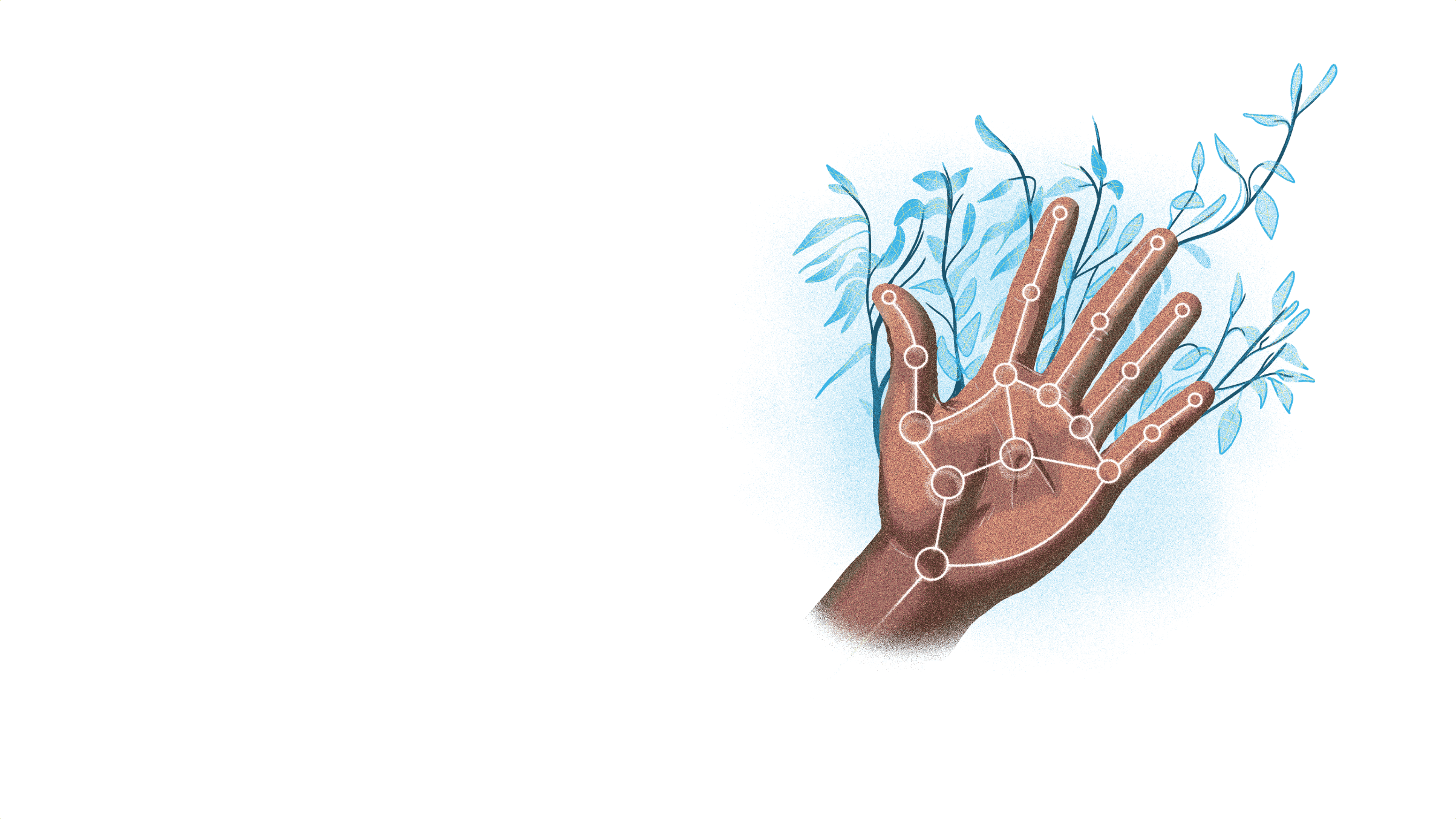Working together when you're oceans apart


The Covid-19 pandemic has made remote work a norm. Previously constrained to certain sectors like technology, remote work is now commonplace in every sector of our economy.
Level AI has had a remote team since inception. We have a unique structure, with remote workers in the Bay Area, Toronto, Salt Lake City and an office in Delhi, India (though our Delhi office has a 1 day wfh policy). We have tried every possible combination of remote work and battled many challenges over the past year. Here are some of our key learnings and the implications for a post COVID-19 world.
Translating the product and company visions across oceans is very hard: Every few weeks for the past year, Level has held All Hands meetings across four time zones via video conferencing. Level CEO Ashish Nagar says this is, perhaps, the single biggest reason he hates an all-remote culture – “Imagine if Al Pacino gave his locker room speech in Any Given Sunday on Zoom! With his kids knocking on the door and all the players dialing in in their shorts”. There is a sacred nature to a work environment, a state of mind and an intimacy to physical proximity which is impossible to replicate on video calls. It is nearly impossible to understand the body language of teammates. Leaders can’t look their employees in the eye, in Zoom gallery view, to see if they are bought into the company’s vision or if they can’t wait for the call to be over. To address this issue, we have adopted an employee ambassador program; a remote worker visits the US office every few months, and leaders in the US office visit India every 12 weeks. Passion, vision and commitment are poorly transmitted over Zoom calls.
Retaining and managing quality employees requires adaptation and flexibility: Especially in the early stages, employees need to receive constant communications around the product plan, the impact of their work, and general business progress to keep them engaged with the company. For a big company like Uber or Twitter where an engineer in Warsaw or Bangalore can read about the company’s progress in WSJ every day, this is less of an issue – for a startup, this is very challenging. So, how do you keep employees engaged and ensure retention in a remote environment? One option is to hire local leadership in each of the offices – this does not scale to a fully remote culture. Instead, we have decided against a fully remote culture in our India office. We want the team to learn, collaborate and motivate each other in an office environment at least 3–4 days a week.
There are many tools out there, but Slack & G-Suite are all you need: The other challenge and opportunity we have found is the abundance of tools and apps to “manage” remote work. For us, the most essential tools for at least 90% of all activities were Slack and G-Suite (including Meet, Google’s video conferencing service). Anything more and we have too many apps to manage and places to update information for a small team. We also use Ora for task management, with which we have had mixed experience.
Fully remote culture sucks: Successful early stage companies have a missionary quality to them. Good luck trying to build that culture over Zoom and Google Meet over a sustained period of time. This is very different for a grown company like Twitter, which has a very well defined market position, set culture and a more predictable rhythm of operation. Also, the cost on individual employees who are holed up at home and cannot have a work-life separation or face mental health issues is significant.
The balance we have found which works for us is a middle ground between wfh and office work. We encourage our team to flexibly pick 1–2 days a week to work remotely, which reduces the time in traffic and the stress of long commutes. The other days they are in office collaborating with their teammates. For company wide meetings and events, we expect physical attendance and enjoy each other’s company.
As the world gets used to the permanent shadow of a pandemic, each organization big and small will find their own unique balance. But as social animals, it’s likely that human beings will gravitate back to some level of continued physical proximity in their work environment.
Keep reading
View all





